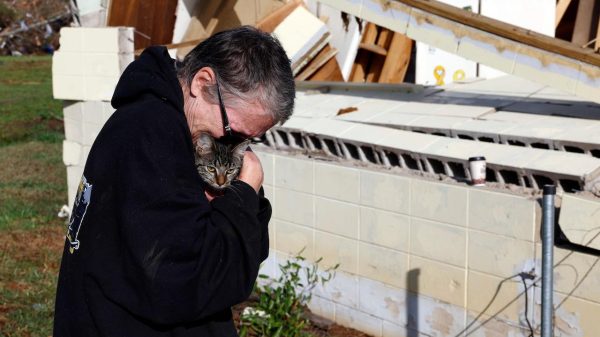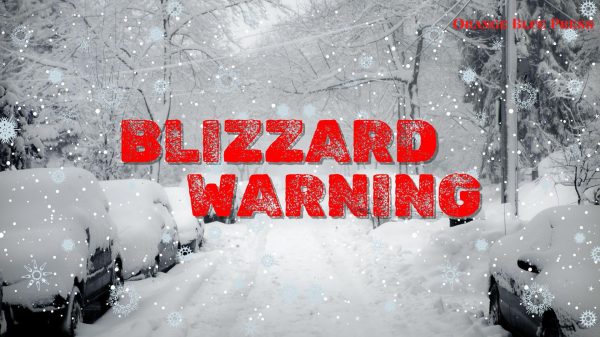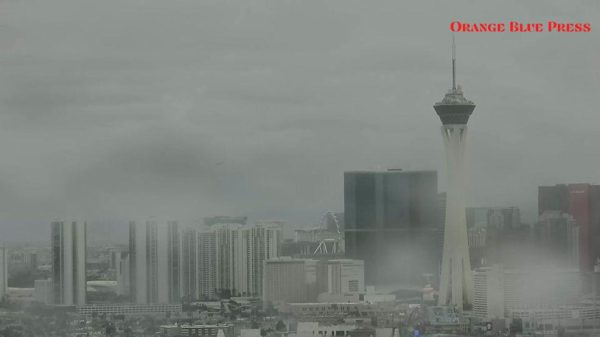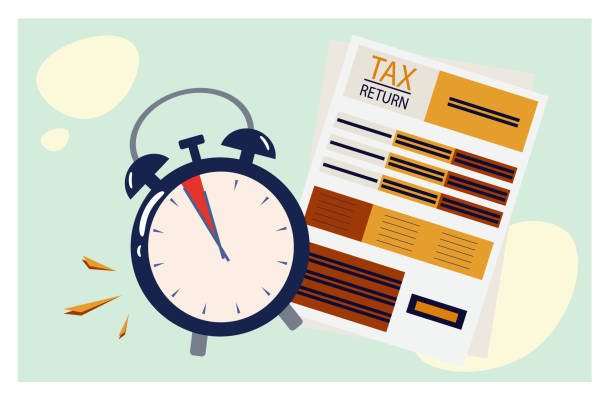The IRS announced today that the deadline for filing various federal individual and business tax returns as well as making tax payments has been extended to July 31. Any area identified by the Federal Emergency Management Agency (FEMA) as being affected by tornadoes, severe storms, and straight-line winds that started on March 31 is eligible for relief from the IRS.

IRS announced today that the deadline for filing tax payments has been extended to July 31. (Photo: Bloomberg.com)
Tax Relief Delays Deadline For Filing Tax Payments
As a result, Cannon, Hardeman, Hardin, Haywood, Lewis, Macon, McNairy, Rutherford, Tipton, and Wayne counties, as well as their residents and businesses, are eligible for tax relief. The same relief will be available for any additional areas that are later added to the disaster area. On the disaster relief page of IRS.gov, the most recent list of eligible communities is always accessible.
The tax relief delays a number of deadlines for filing and paying taxes that were set to begin on March 31, 2023. Therefore, impacted persons and entities shall have until July 31, 2023, to file returns and pay any taxes originally due during such period.
Individual income tax returns for 2022 as well as various business returns are due on April 18. This includes, among other things, giving eligible taxpayers until July 31 to make contributions to their IRAs and health savings accounts for 2022.
READ ALSO: Chester Country: Ranks One On Highest Tax Claims In Pennsylvania
Estimated Tax Payments Are Also Subject to the July 31 deadline
The quarterly estimated tax payments, which are typically due on April 18 and June 15, are also subject to the July 31 deadline. The quarterly payroll and excise tax returns, which are typically due on April 30, 2023, are also subject to the July 31 deadline. Additionally, as long as the tax deposits are made by April 18, penalties on payroll and excise tax deposits due on or after March 31 and before April 18 will be waived. Information on other returns, payments, and tax-related actions that qualify for the additional time is available on the IRS disaster relief page.
Some impacted taxpayers might discover that they require additional time to file after the deadline of July 31. If so, the IRS advises them to submit their request for an extension electronically before the original deadline of April 18. There are two free and simple ways to do this, both available on IRS.gov: IRS Free File and IRS Direct Pay. For information, go to IRS.gov/extensions. Taxpayers who live in disaster areas can only submit paper-based extension requests after April 18 and before July 31.
Any taxpayer with a record IRS address in a disaster area is automatically granted filing and penalty relief by the IRS. As a result, taxpayers can obtain this relief without contacting the agency. The affected taxpayer should call the number on the notice to have the penalty waived, however, if they receive a late filing or late payment penalty notice from the IRS with an original or extended filing, payment, or deposit due date that falls within the postponement period.
The IRS will also work with any taxpayer whose records are in the disaster area but whose records are required to meet a deadline that falls during the postponement period. Call the IRS at 866-562-5227 if you are a taxpayer living outside of a disaster area and you qualify for relief. This also includes employees supporting the relief efforts who are connected to a reputable governmental or charitable organization.
Uninsured or unreimbursed disaster-related losses may be claimed on either the return for the year the loss occurred (in this case, the 2023 return typically filed in early 2024), or the return for the previous year by individuals and businesses in a federally declared disaster area (that is, the 2022 return normally filed in 2023). Any return claiming a loss must include the FEMA declaration number, 4701-DR. For more information, see Publication 547.
The tax relief is based on FEMA’s local damage assessments and is a part of a coordinated federal response to the damage brought on by these storms. Go to disasterassistance.gov for details on disaster recovery.
READ ALSO: Arkansas Lawmakers Approve $124 Million Annual Tax Cut Plan Proposed By Republican Governor




















